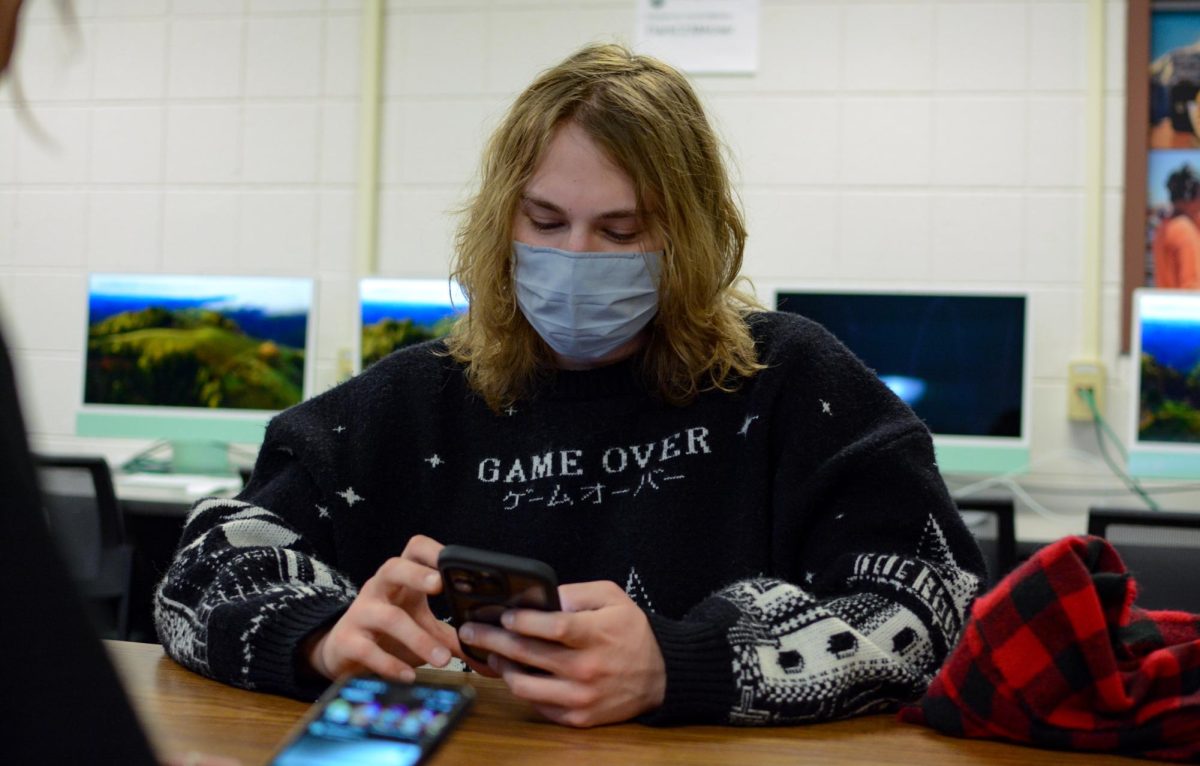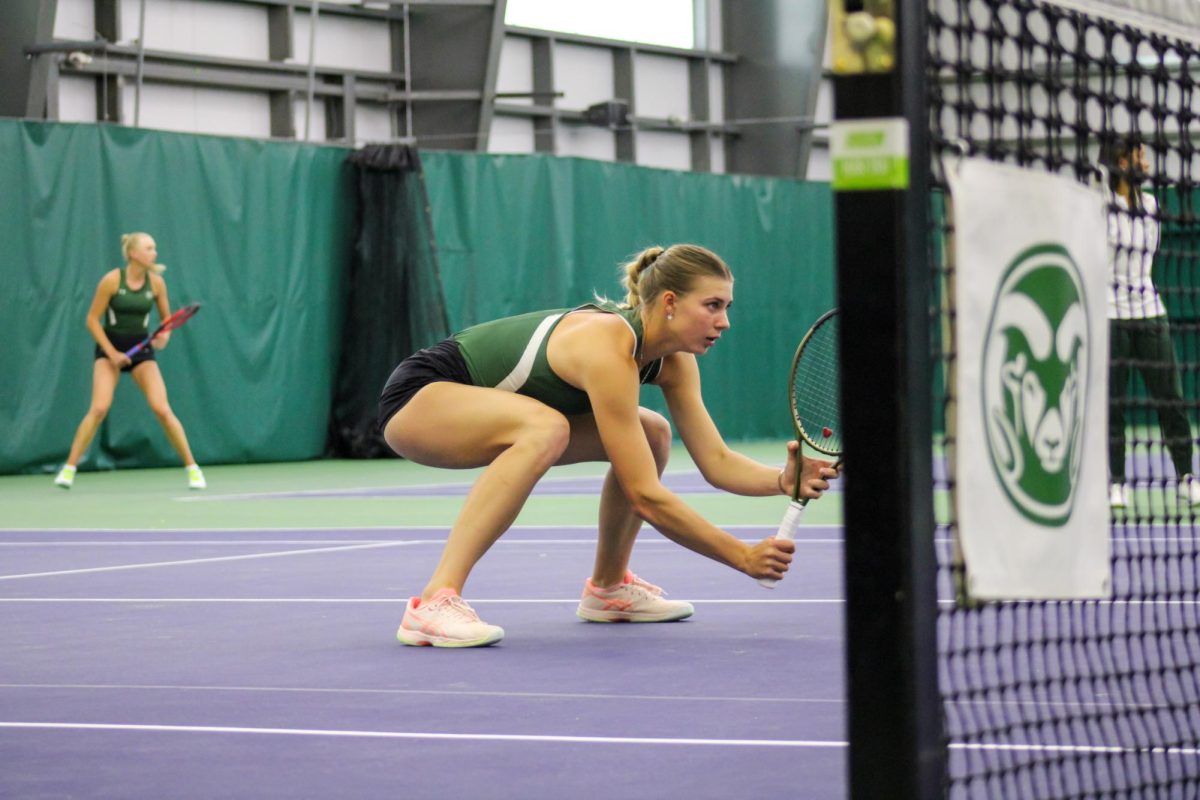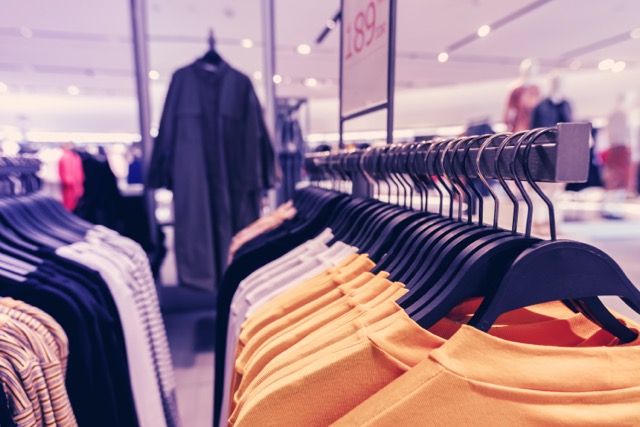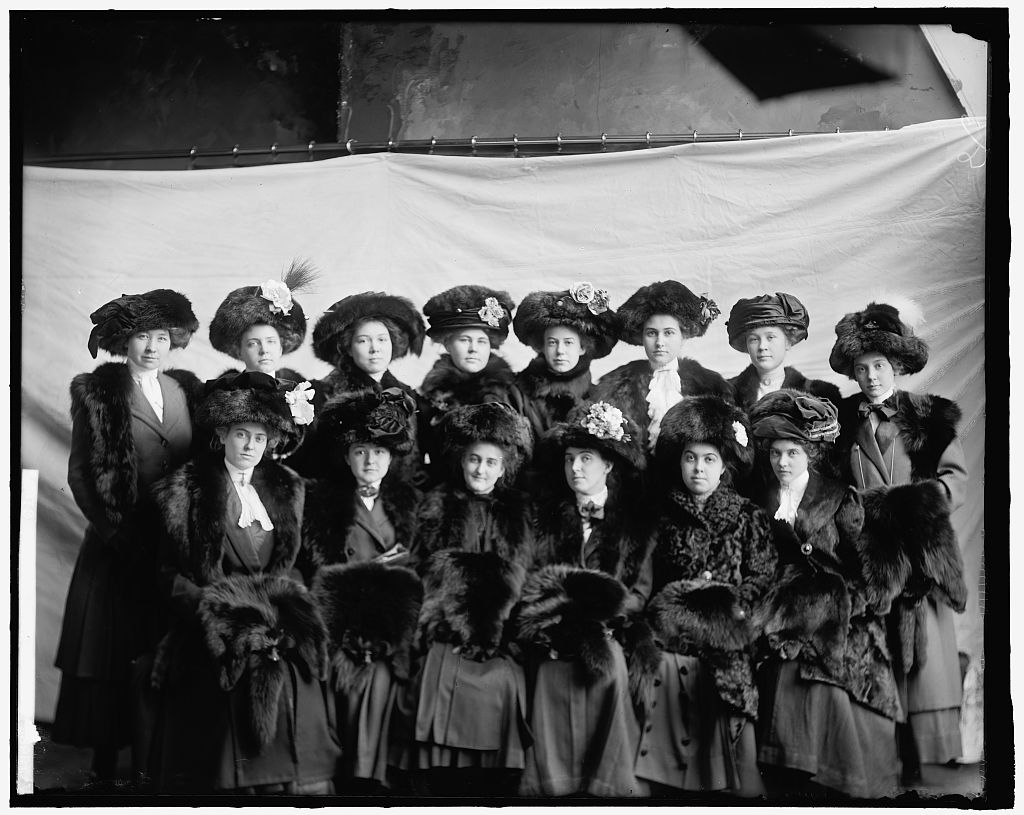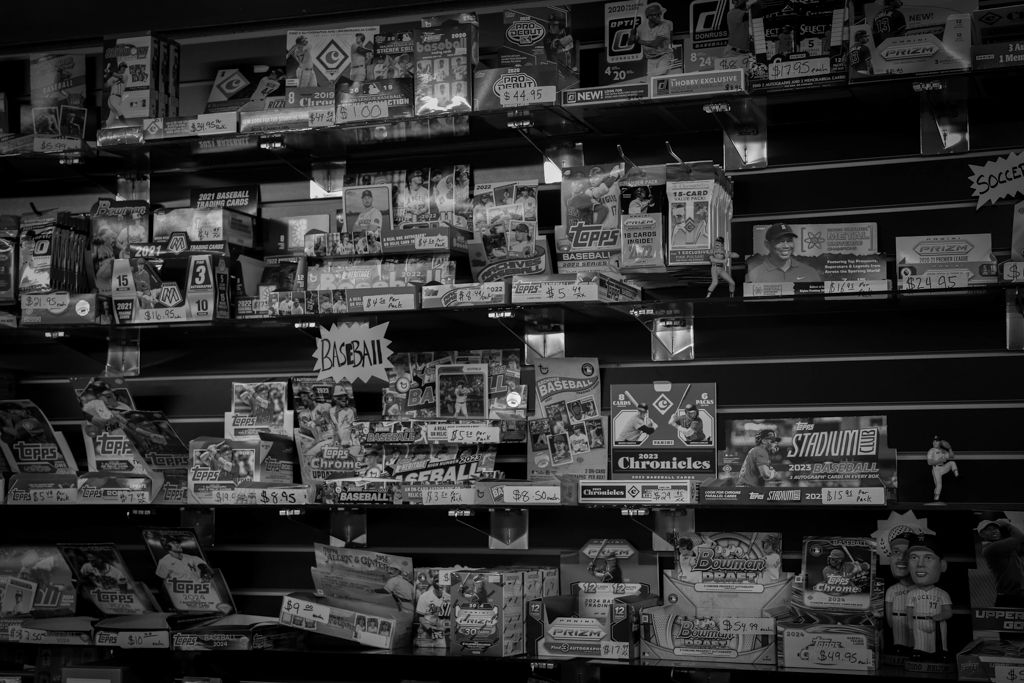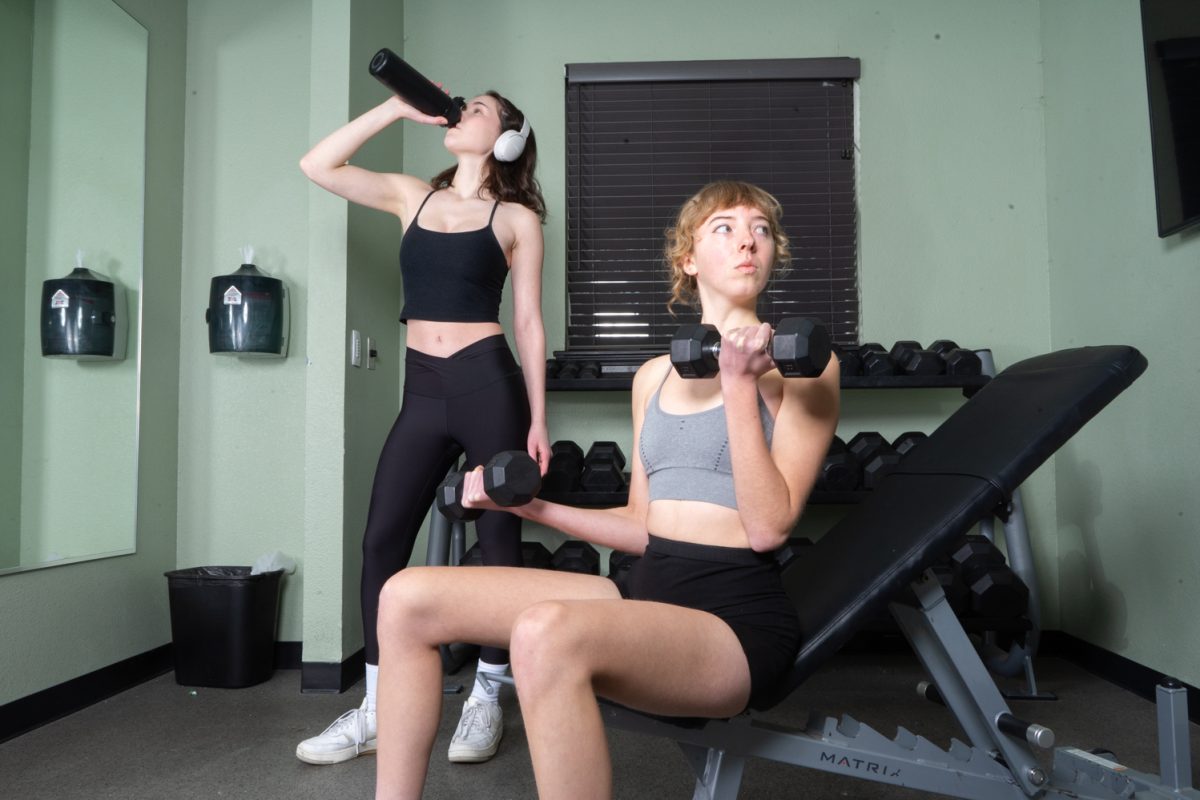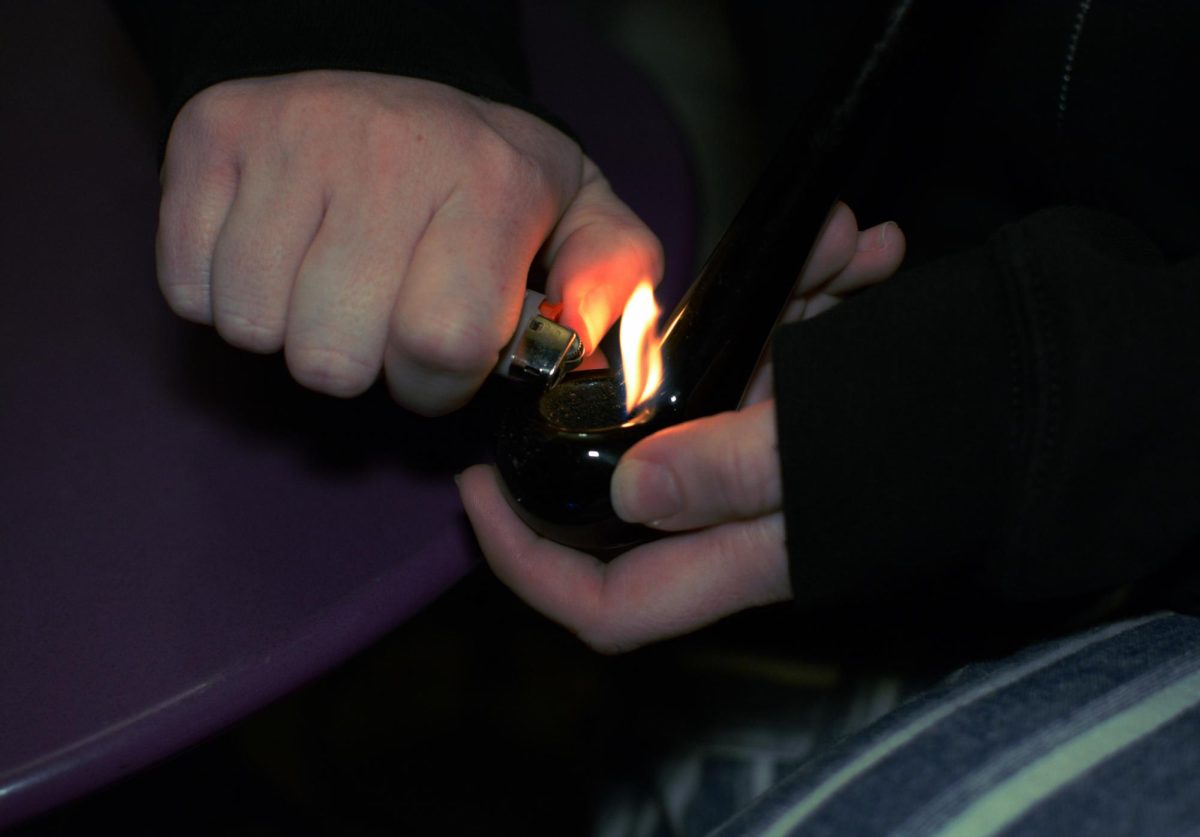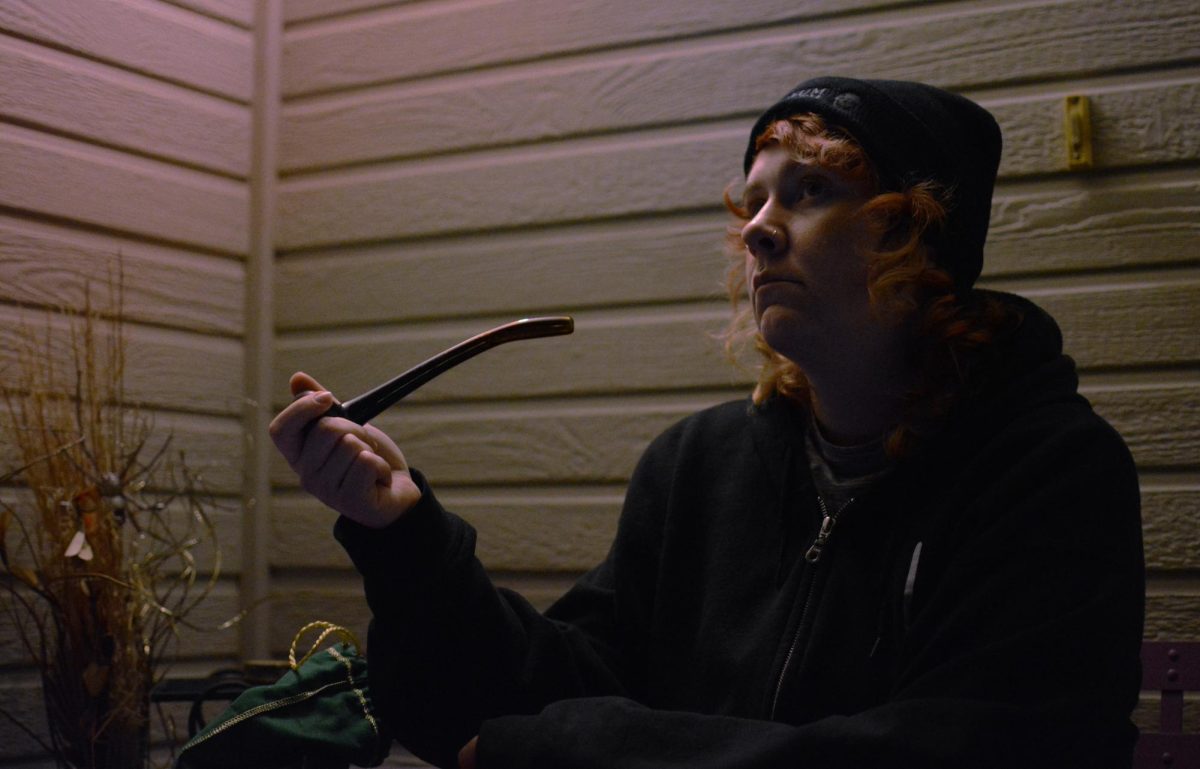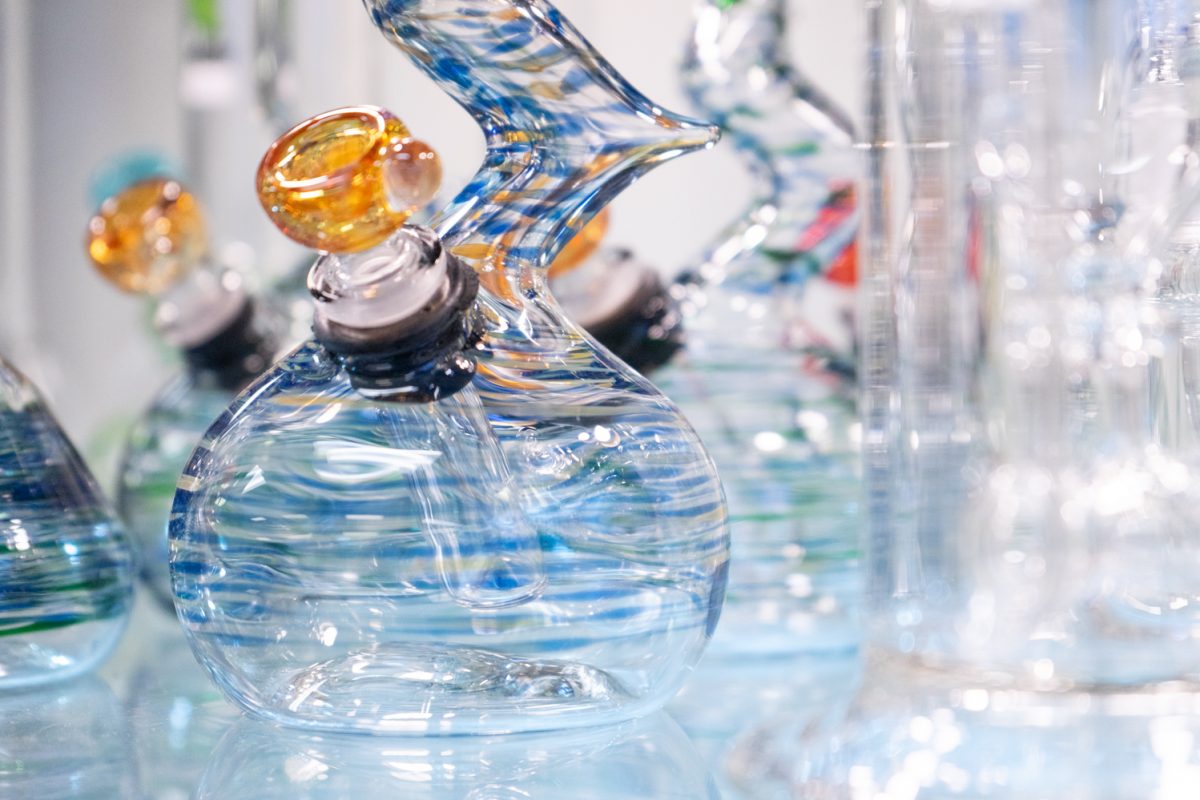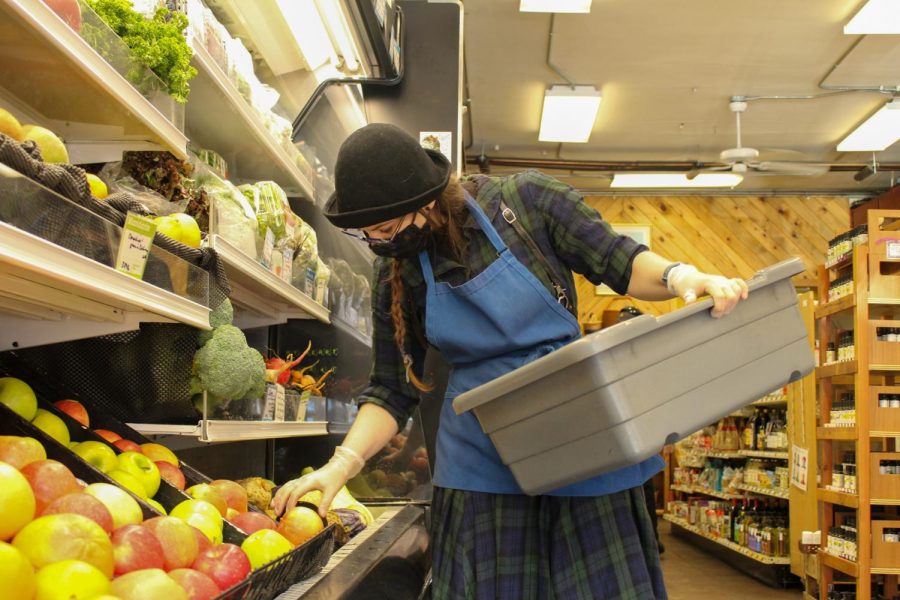National Geographic states that 269,000 tons of plastic alone floats on the surface of the ocean. There was a massive ball of netting found midway across the Pacific that contained 89 different kinds of nets and lines all wrapped around a two-inch-high teddy bear.
There are ways you can help prevent this. You can start by sorting used materials into recycling, composting and landfill bins.

When focusing on sorting paper, it is important to know all colored and noncolored paper, including sticky notes, junk mail, file folders, envelopes, pamphlets, newspapers, magazines and posters can be recycled. Unfortunately, materials like tissues, wrappers, napkins, paper towels, photographs, tissue paper and textbooks cannot be recycled.
Fort Collins offers a clear and organized online poster about items that can be recycled. Empty and rinsed metal cans, glass, cardboard, plastic bottles, tubs, jugs, jars, containers and paper cartons are meant for the blue bins.
Recycling reduces 40 percent of a person’s trash according to Jennifer Cook, a small acreage management coordinator at Colorado State University. But guess what? Recycling and composting together reduces 70 percent of a person’s trash.
Sorting compost is just as important as recycling and in fact, black and white newspapers and some colored magazines can be composted, not just grass clippings. So next time you are checking out your daily horoscope, make sure to toss that bad boy into CSU’s compost bins.

Cardboard is also a compostable material and since dirty cardboard is non-recyclable, you can put used pizza boxes into the compost bins instead. And do not forget to place your banana peels or vegetable scraps into the compost bins as well.
CSU offers a Zero Waste Team with the goal of diminishing the amount of trash that goes into landfills during the home football games. Students volunteer two hours before a game to learn how to tell people which bin to put their trash into recycling, compost or landfill. Guiding people helps to keep the compost and recycle bins full and the landfill bins to a minimum.
Not only is recycling obviously an environmental benefit, but it is also a financial benefit. According to Colorado Association for Recycling, recycled cardboard is sold at a value of $160-$170 per ton, mixed plastic was $160-$180 per ton and aluminum was over $1,500 per ton. Instead of these materials just sitting in a landfill, they are bought and remade into something brand new.
Another big deal about recycling is saving the atmosphere from the harmful emissions that factories make while producing new steel for example. Yes, recycling companies have to transport the materials more than the average garbage truck, but Colorado alone saved 640,000 tons of coal in 2009 by using recycled steel and glass instead of making them new according to CAFR. It would take a truck driving from New York City to Los Angeles 47 times to break even with the number of harmful emissions avoided through recycling.

Not only is it important to recycle, but it is also important to limit how much waste each of us produces. Elyse Brueggemann, a freshman at CSU, watched a video about a woman producing less than a pound of trash per year. “That really caught my eye because I didn’t think that was possible,” Brueggemann said. “It inspired me to change my ways.” She does not buy food if it is packaged anymore and brings “reusable jars and bags that I fill at local natural grocery stores.”
I know next time I will make sure to think twice before I put anything in the landfill bins. I will ask myself if I can put anything in the recycle or compost first because I do not want to be the next statistic when National Geographic posts about the buildup of trash in the ocean. What about you?


